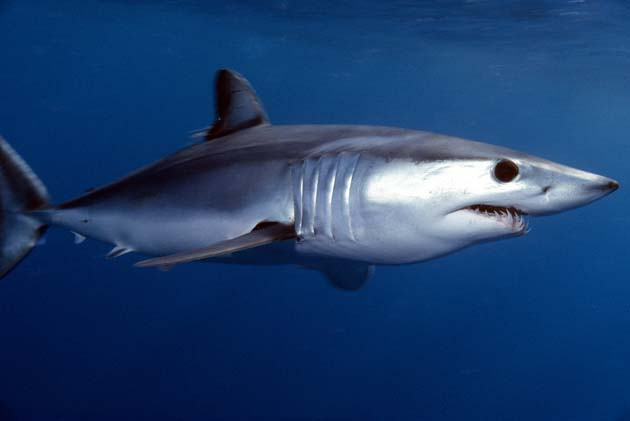Certain mysteries of nature are the toughest to solve and mankind can only wait for technology to evolve to find an answer. Similar was the case for many biologists, engineers who had tried to untangle the secrets of shark skin and understand the ability of the predator to cruise so efficiently.
Scientists have also tried their hand on developing a synthetic version of the skin for use in commercial products like speed boosting swimsuits to drag-reducing coatings for ship hulls. This mystery is on the verge of getting solved, thanks to 3D printing. With the help of 3D printing technology researchers at Harvard University have fabricated the most realistic shark skin that is available till date. This skin consists of a flexible membrane embedded with tens of thousands of denticles or in layman’s term tiny teeth which are microscopic and has rigid scales with a precise geometry. As per the tests that have been made on the denticles, this increases the swimming speed by more than 6% with minimal loss of energy. The shortfin mako shark’s skin was taken as a sample to mimic the shark skin. The surface of the skin was first scanned by a micro-computerized tomography imaging and a three-dimensional model of the denticles was fed to a highly sophisticated 3D printer. The credit of this breakthrough would go to Dr. George V. Lauder, a biologist at the university and his colleagues.
As per Lauder, ‘By using 3D printing we can now modify and manipulate the surface to begin to find out more precisely how the effects are being caused and which structural features are responsible, eventually this technology could be used to improve the efficiency of surfaces moving through water. But a truly biomimetic shark skin swimming suit is unlikely to be on the cards any time soon. ‘The manufacturing challenges are tremendous,’
With the evolution of 3D printers, mimicking the nature in order to learn more about the realms of nature has become quite an easy job for researchers as well as scientists all over the world.
